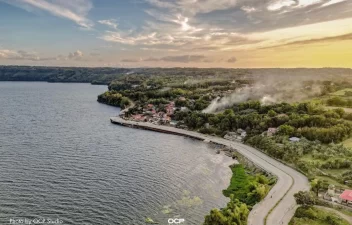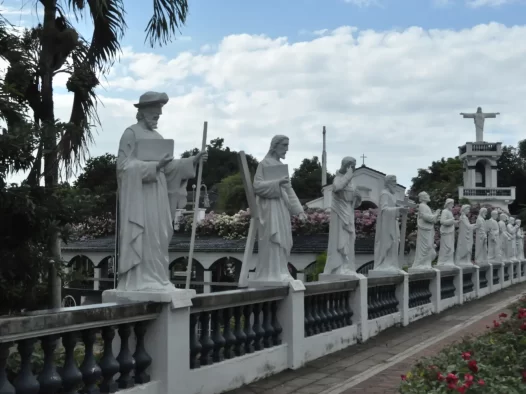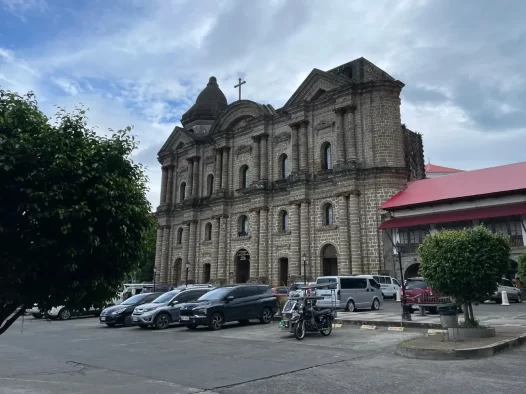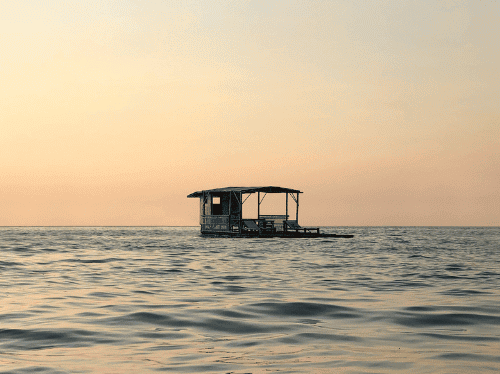San Nicolas
San Nicolas, a charming municipality in Batangas province, stands out for its lively festivals and fiestas that attract both national and local celebrations. The town takes pride in its proximity to the magnificent Taal Lake, Taal Church Ruins, and Taal Volcano, which have greatly influenced the local economy. With the official recognition granted through Republic Act No. 1229 signed by President Ramon Magsaysay on June 1, 1955, San Nicolas has established itself as a 5th class municipality in Batangas, Philippines.
History and Heritage
In the past, San Nicolas was just a barrio within the Municipality of Taal until its transformation in 1955. The eruption of Taal Volcano blessed this area with fertile soil, attracting settlers who cultivated the land with crops like palay, corn, sugar cane, and vegetables.
The journey to becoming an independent municipality began with a joyous celebration organized by the San Nicolas Ladies Club. Inspired by Miss Marcelina de Sagun’s achievement, a visionary group including Atty. Exequiel D. Caringal and other esteemed individuals devised a plan to establish San Nicolas as a distinct municipality. Seeking the support of neighboring barangays, their proposition was met with resounding agreement.
Under the leadership of Provincial Governor Feliciano Leviste and Senator Jose P. Laurel, a dedicated delegation presented the proposal to the President, overcoming opposition from the Municipal Mayor of Taal. With the assistance of Congressman Apolinario R. Apacible, a bill was introduced in Congress, eventually leading to the realization of their vision. On August 9, 1955, San Nicolas proudly inaugurated its first set of officials, marking the beginning of its autonomous journey.
San Nicolas gained official recognition as a municipality through Republic Act No. 1229, signed by President Ramon Magsaysay. Today, it holds the distinction of being a 5th class municipality, encompassing 14.34 square kilometers of breathtaking land, including a portion of the majestic Taal volcano island. With a population of 19,046 individuals residing in 2,946 households, San Nicolas radiates a close-knit community spirit.
Embark on a remarkable adventure in San Nicolas, where history comes alive amidst scenic landscapes. Discover the cultural heritage and immerse yourself in the vibrant festivals that pay homage to the town’s remarkable journey. Marvel at the natural wonders, from the beauty of Taal Lake to the remnants of Taal Church Ruins. Experience the warmth of San Nicolas as you explore its charm and create lasting memories in this extraordinary municipality.
Climate
The rainy season starts in June and ends in November. When December comes, the people experienced a very cool dawn. The summer season on the month of March to the end of May.
If you prefer a hassle-free trip, you can rent a car or hire a private vehicle for more convenience and flexibility. Public transportation, such as buses and jeepneys, is also available and can be a more budget-friendly option.
Batangas: Where history, beauty, and resilience converge, creating a tapestry of captivating stories and unforgettable moments.
Bancaton Festival
The Bancaton Festival is a vibrant and exhilarating celebration held in San Nicolas, Batangas. This lively festival showcases the rich cultural heritage and traditions of the town, drawing both locals and visitors alike. The festival features colorful parades, street dances, and various cultural performances, highlighting the creativity and artistry of the people of San Nicolas. With the rhythmic beats of traditional music and the energetic movements of the participants, the Bancaton Festival is a must-see event that encapsulates the lively spirit and cultural pride of the community.

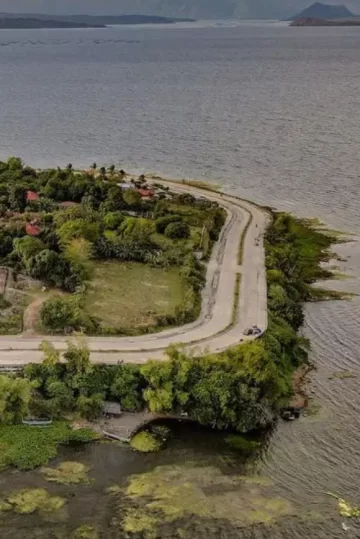
IMAGES BY OCP STUDIO
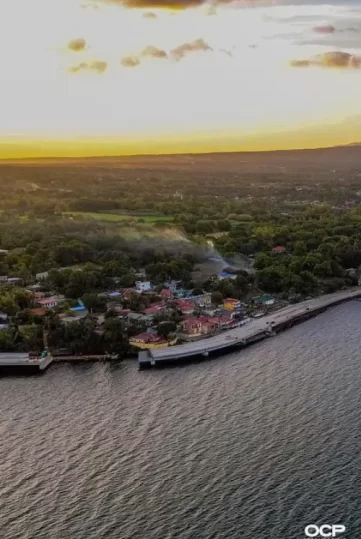
IMAGES BY OCP STUDIO
Local Attractions
Batangas in the Philippines offers a range of local attractions that cater to various interests. These are just a few of the attractions you can explore in Batangas. Whether you’re interested in history, nature, or relaxation, the city offers something for everyone.
Getting Around
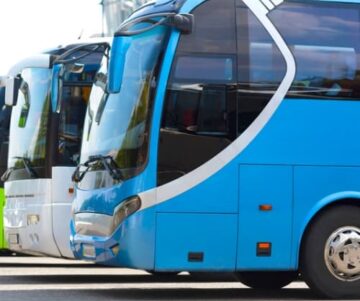
Buses
Buses provide transportation for longer distances, connecting Batangas with other regions and provinces. These buses have designated terminals and offer a more comfortable option for longer journeys.

Jeepneys
Jeepneys are a staple mode of public transportation in the Philippines. They are colorful, elongated jeeps that can carry multiple passengers. Jeepneys follow specific routes and have fixed fares.
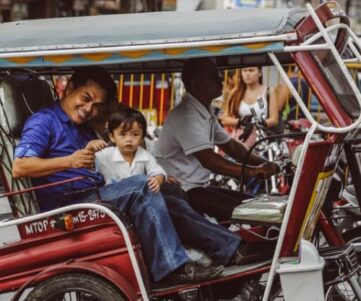
Tricycles
These motorized vehicles consist of a motorcycle with a sidecar, which can accommodate around 3 to 4 passengers. Tricycles are commonly used for short trips within the city, and fares are usually negotiable.
